Message from Team IMA Chennai Kauvery Alwarpet Branch

Dear colleagues
Greetings and best wishes from IMA Kauvery, Alwarpet branch.
Articles in this month’s edition are contributed by our Anesthesiologists.
Their department is a post graduation centre at Kauvery offering DNB programs
A patient comes to the hospital mainly for pain relief and anaesthesia plays an important part and a great role in critical care for patients undergoing surgery/delivery, post traumatic pain, pain relief in cancer and terminal illnesses.
On World Anaesthesia Day, we take the opportunity to wish and thank all the anesthesiologists for their wonderful service to the medical profession.
Dr S Sivaram Kannan
President

Anaesthesia is one field where it is ok to knock someone out for a purpose!
It is a field with so many advances using nerve blocks, spinal and epidural anaesthesia where patients are fully awake during surgery.
Anaesthesia has become so refined and tailor made now.
This monthly issue carries articles from this world of Anaesthesia.
Please read enjoy.
Long live IMA.
Dr. Bhuvaneshwari Rajendran
Secretary
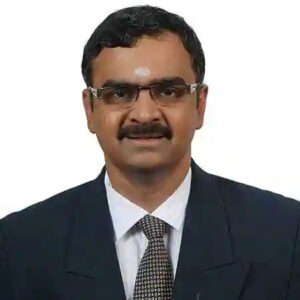
Dear friends
To commensurate with the WORLD ANAESTHESIA DAY this month our journal has articles from the department of Anaesthesiology.
Anesthesiologists are the real hero in any hospital. Their contribution to patients – in the operating rooms and in the critical care are invaluable.
Our salutes and sincere thanks to these brave warriors and wishing them all the best.
Join me in wishing them.
Long live IMA.
With regards
Dr R Balasubramaniyam
Editor
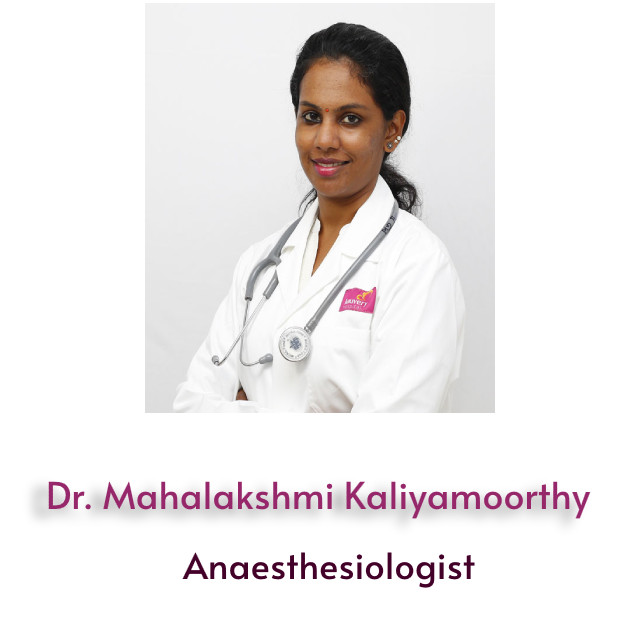
Nerve Block Anesthesia for High-Risk Patients
High risk patients for anesthesia refers to patient comorbidities which will definitely have anesthesia related hemodynamic changes irrespective of the surgery or procedure. In these patient’s nerve blocks give the best outcome for anesthesia and analgesia.
Who comes under the high-risk category?
⦁ Morbidly obese
⦁ Geriatric patients
⦁ Ischemic heart disease, poor lv contractility, high pulmonary artery pressure
⦁ Chronic kidney disease
⦁ Peripheral vascular disease
⦁ Lung disease/ poor lung reserve
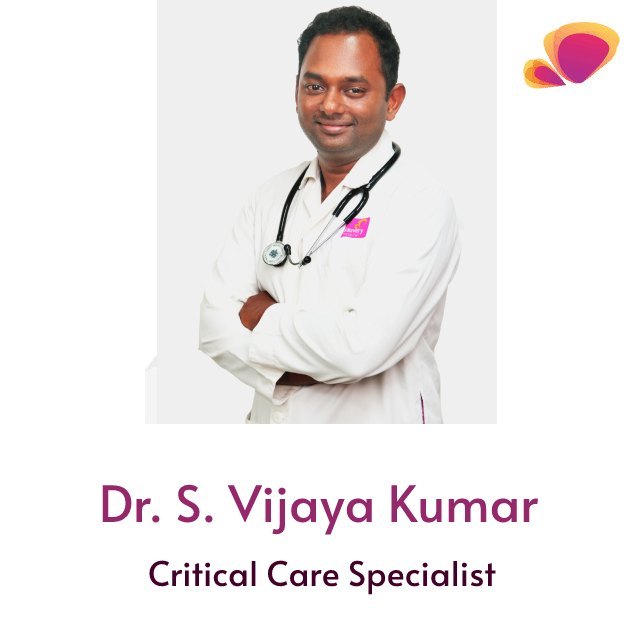
Platelet transfusion in Dengue
Abstract
Dengue infection has emerged as a global public health problem in recent decades. The clinical spectrum ranges from a simple fever to severe shock syndrome. The disease is characterized by capillary leak syndrome, bone marrow and hematopoiesis suppression with late recovery, liver dysfunction and rarely encephalopathy. Thrombocytopenia with bleeding manifestations warrants platelet transfusion. The use of prophylactic platelet transfusion is increasing in countries where dengue is endemic. This has led to risks of transfusion reactions and increased costs. Due to a lack of evidence-based guidelines, there is an inappropriate use of platelet transfusion widely. The current review aims to give an overview of the role of platelet transfusion in dengue patients with thrombocytopenia.
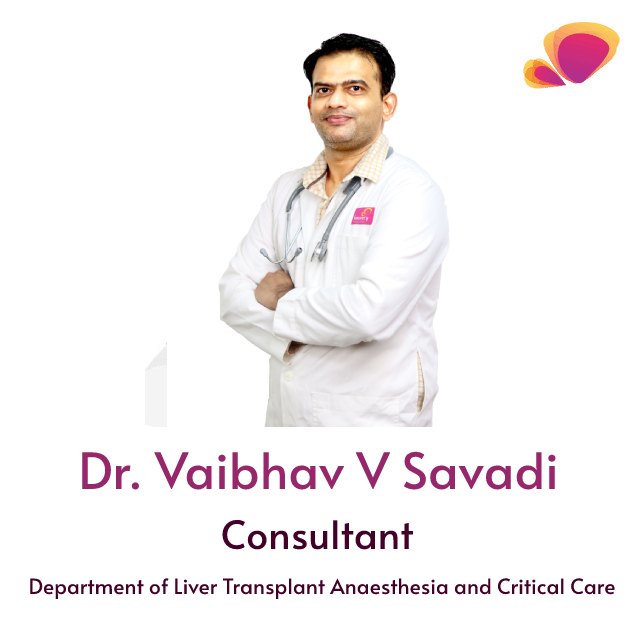
Pre-Op Cardiovascular Assessment in Liver Transplant
INTRODUCTION
In ESLD, cardiovascular events are one of the major cause of mortality. In order to avoid that, we should identify the patient with the highest risk and optimize them before surgery.
PREANAESTHETIC EVALUATION
In ESLD patient CVS involvement varies from subtle ECG to heart failure. There is a wide spectrum of cardiovascular involvement in ESLD which includes prolonged QTC on ECG, hypertension, IHD, cardiomyopathy, heart failure, hepato pulmonary syndrome, and porto pulmonary hypertension.
The risk factors for CAD in liver transplant candidate are
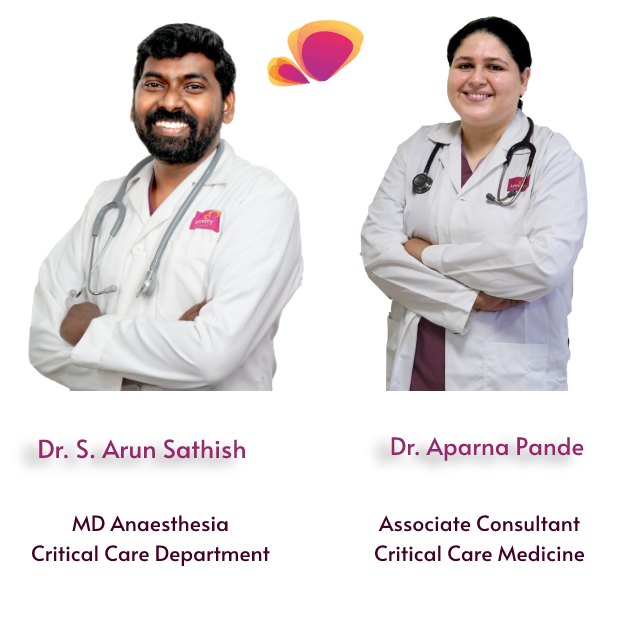
Postoperative Remote Monitoring with a Transcutaneous Biosensing Patch in high – Risk Neurosurgical patients at a low-acuity Unit
Introduction
Post operative Neuro surgical patients who require monitoring are retained in ICUs for longer duration leading to increasing expenditure. In lower-acuity settings like wards, they require ongoing monitoring: either manually or using cardiac monitors. Manual measurement of vital signs at fixed intervals is the standard clinical practice in hospital wards once every 4 hours.
Early Warning Scores (EWS) measured may not be reliable owing to their limitations like fixed intervals, incorrect scoring and variability in person. Conventional monitors used are large which impair patient mobility, require wires which interfere with rehabilitation exercises.
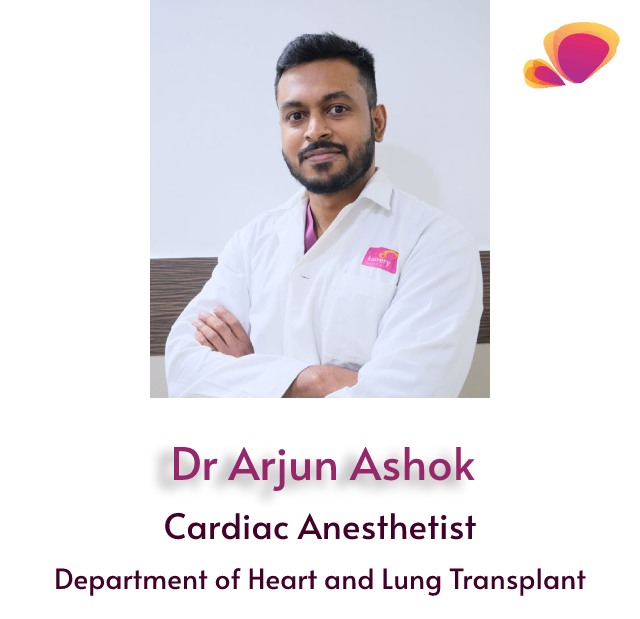
Basics of Ecmo
ECMO stands for Extra Corporeal Membrane Oxygenation. Extra corporeal means ‘outside the body’ and membrane oxygenation is the process of performing the function of the lungs. The ECMO circuit performs the function of the heart and/or lungs thereby allowing those organs to rest and heal.
When a patient is placed on ECMO, blood is drained from the patient, sent through an oxygenator where oxygen is added, and carbon dioxide is removed and is then pumped back into the patient via an artery or a vein.
ECMO is not a treatment modality. It is used as a BRIDGE for patients. Bridge to transplant in patients who deteriorate while waiting for suitable organs, Bridge to next decision in emergency scenarios when patients suffer a cardiovascular collapse and finally, Bridge to recovery.
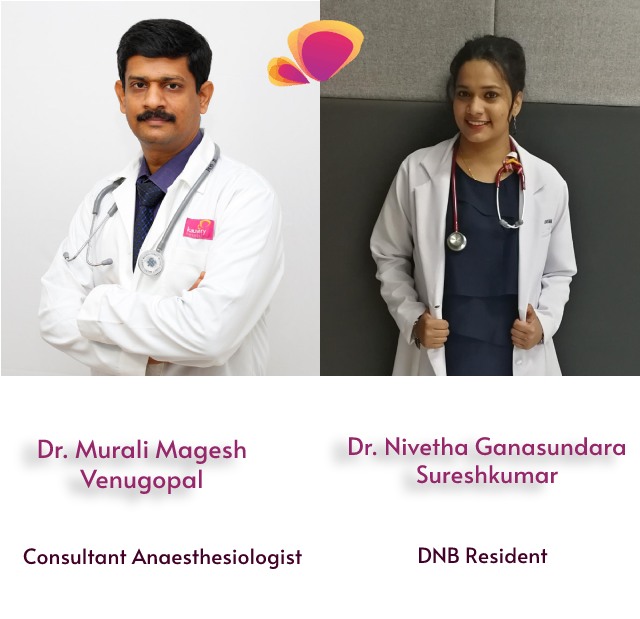
HIPEC – Hyperthermic Intraperitoneal Chemotherapy
INTRODUCTION
HIPEC is a well established treatment modality for abdominal malignancy with advanced peritoneal spreads. In HIPEC highly concentrated, heated chemotherapy treatment is delivered directly to the abdomen during surgery. HIPEC combined with cytoreductive surgery is an effective multimodal treatment option for selected patients.
CASE REPORT
A 33 year old male with a history of diabetic mellitus for 3 years on medical management presented with a history of vague abdominal pain and weight loss . On further work up and imaging which revealed the diagnosis of disseminated carcinoma sigmoid colon.


